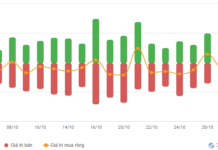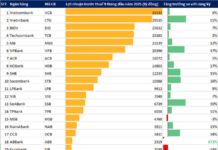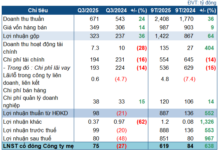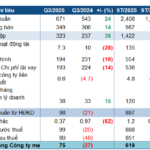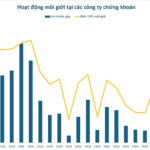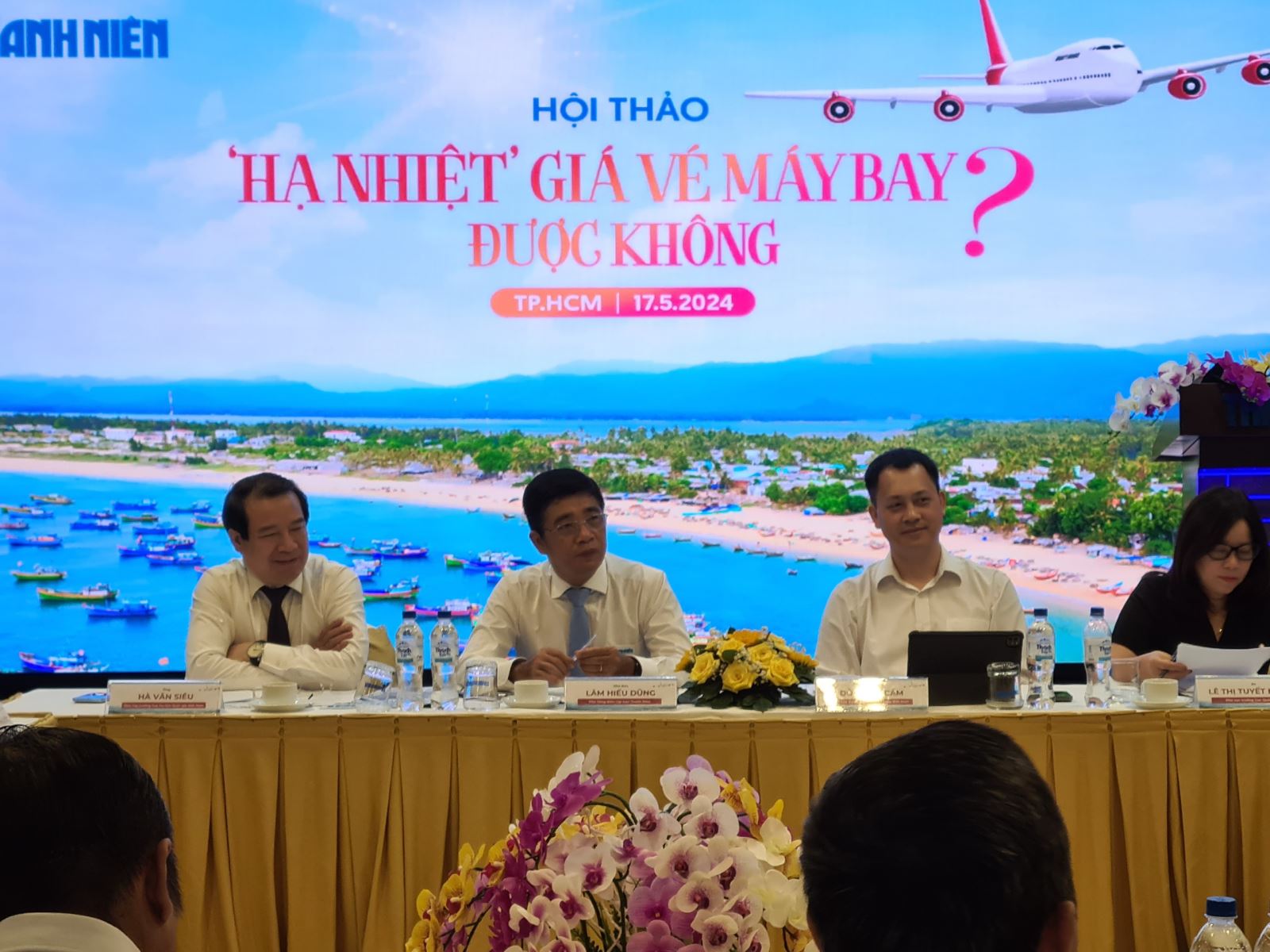
On May 17, the Thanh Nien newspaper organized a workshop titled “Can We Cool Down Airfare?” to find solutions to the rising airfare issue.
Multiple Factors at Play
Mr. Nguyen Bac Toan, Deputy General Director of Vietjet, identified five reasons for the surge in airfares: The shortage of aircraft and spare parts due to supply chain disruptions following the COVID-19 pandemic; manufacturers’ requirements for aircraft maintenance and repairs, resulting in a reduction of 15-20% in the number of operational aircraft; surging fuel costs, accounting for 40-50% of airlines’ operating expenses, with a 20-25% increase in gasoline prices; environmental pressures to adopt eco-friendly fuels; geopolitical tensions worldwide, as 85% of expenses in the aviation industry are in foreign currencies; a decline in the availability of highly skilled human resources for the industry; and finally, changing consumer behavior and reduced spending on air travel.
Mr. Dang Anh Tuan, Deputy General Director of Vietnam Airlines, acknowledged a 15-20% average increase in airfares. However, he emphasized that the current prices are still significantly below the ceiling set by the government. The prevailing rates are approximately 76% of the regulated price, with some routes as low as 43%.
According to Mr. Tuan, the primary drivers of rising airfares are escalating fuel and aircraft maintenance costs, which have increased by 76-77%. These expenses are beyond the control of not just Vietnam Airlines but all airlines. For instance, compared to 2019, fuel costs have surged by VND 5,700 billion, and currency exchange rate fluctuations have added another VND 4,700 billion. The total increase in fuel-related expenses amounts to approximately VND 11,000 billion, a burden that Vietnam Airlines and other airlines cannot mitigate.
Additionally, geopolitical conflicts and supply chain disruptions have generated numerous issues and expenses for airlines. Aircraft maintenance and repairs that previously took around 150 days now require 200-300 days, or even up to 1-1.5 years. The prolonged maintenance period has led to higher operating costs.
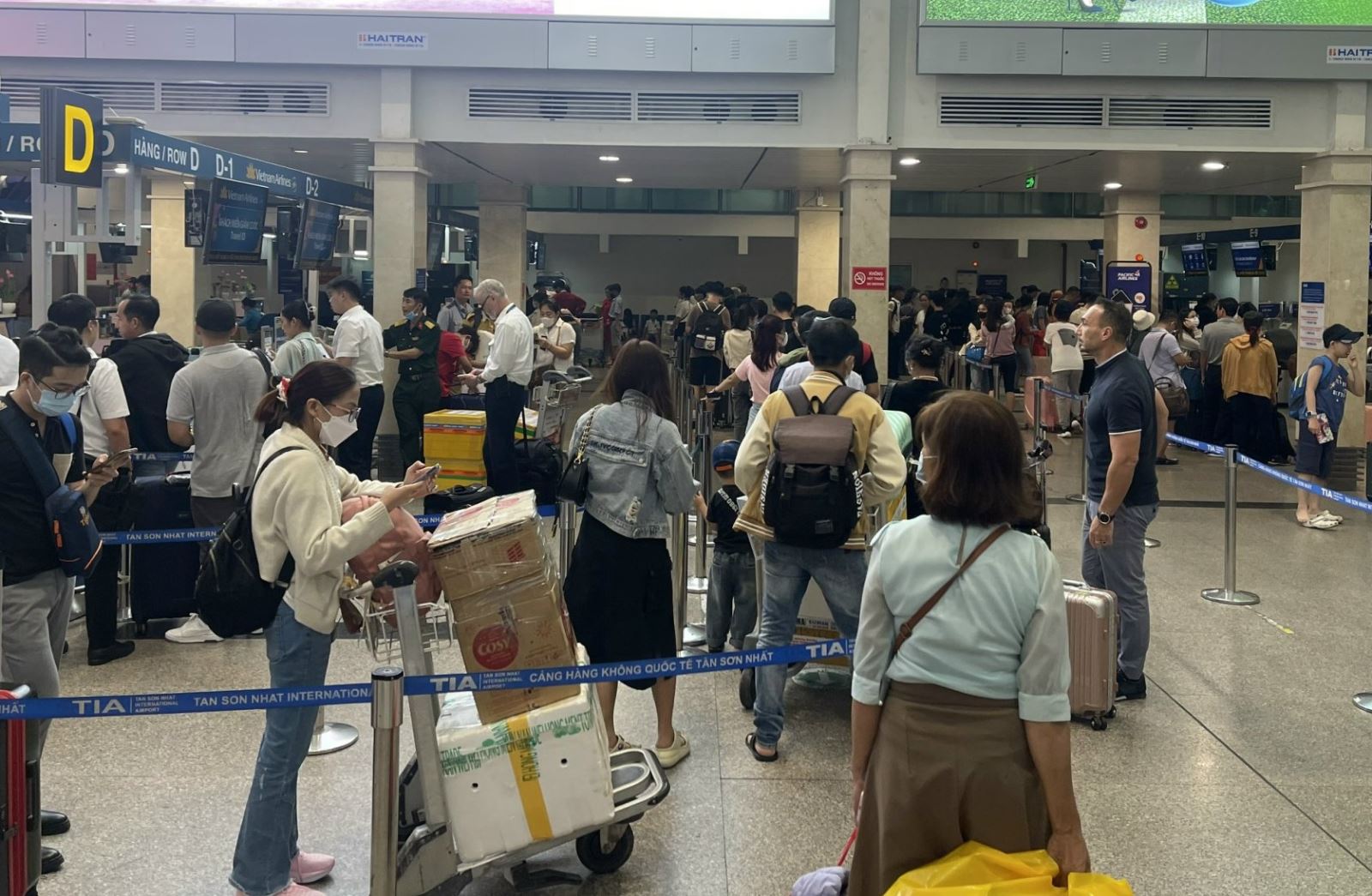
People are hoping for a decrease in airfares to reduce travel expenses during holidays and festive seasons.
“Aircraft leasing costs have doubled, and even then, it is challenging to secure leases. The aviation capacity of Vietnam has diminished significantly, with carriers like Bamboo and Pacific undergoing operational restructuring. Vietnam Airlines is currently recalling around 10% of its active fleet (12 aircraft) for maintenance, a situation mirrored by Vietjet. This indicates a substantial decline in the industry’s transport capacity this year. To better serve our customers, we have been operating at maximum capacity, working nights and overtime. As a result, our load factors are high and even surpass those of previous periods,” Mr. Tuan shared.
Echoing the statements of his counterparts from Vietnam Airlines, Vietjet, and Vietravel at the workshop, Mr. Truong Viet Cuong, Deputy General Director of Bamboo Airways, acknowledged that airfares across all carriers have increased but emphasized that they remain within the limits set by the Ministry of Transport. The Civil Aviation Authority of Vietnam confirmed this in a report to the Ministry in mid-May.
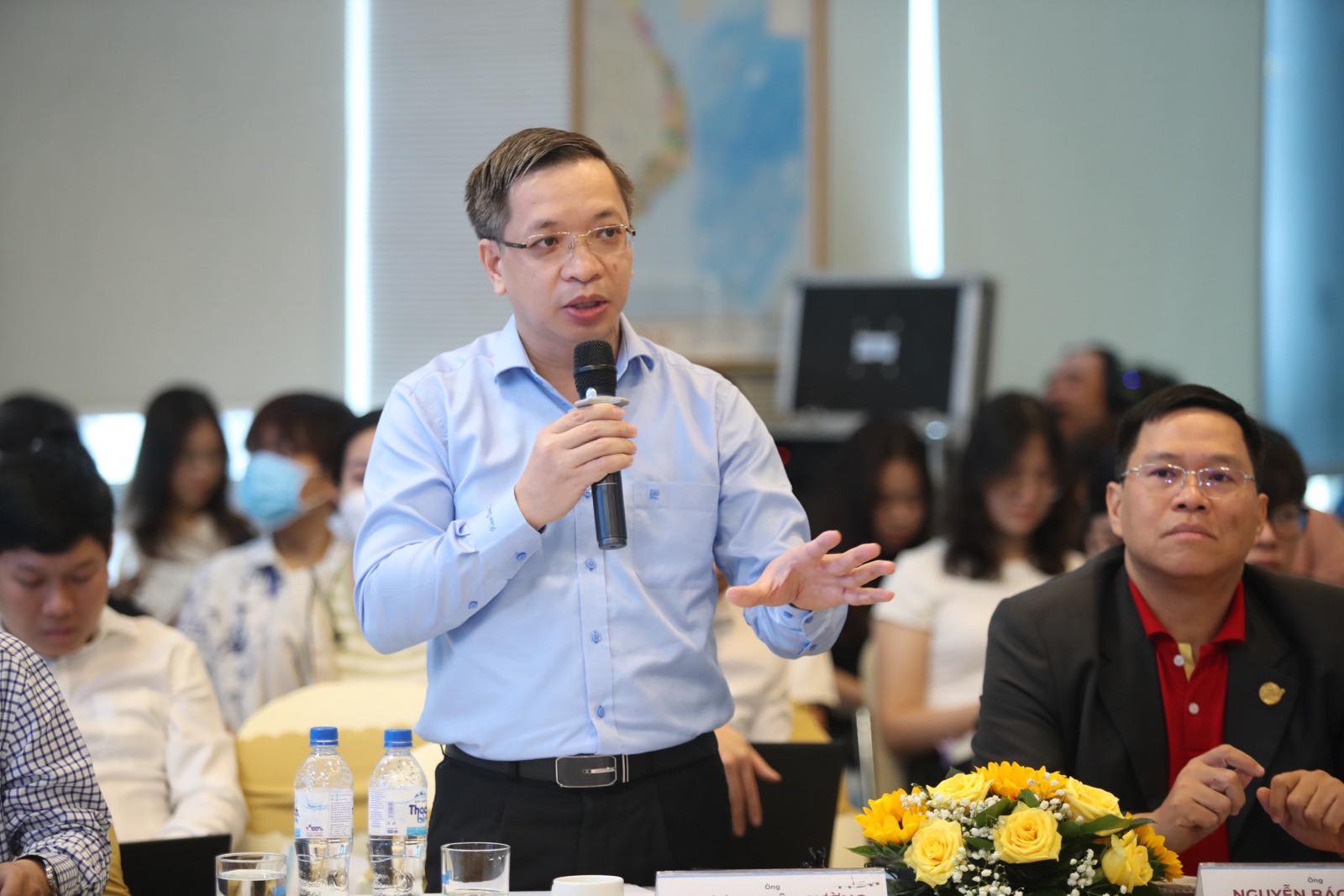
Mr. Truong Viet Cuong, Deputy General Director of Bamboo Airways, shared his insights at the workshop.
“However, adhering to the government-mandated fare levels has not met customers’ expectations. Passengers always desire lower airfares,” said the Deputy General Director of Bamboo Airways.
The total number of aircraft in the domestic aviation industry has decreased from 230 to 160-170, resulting in a 25-30% reduction in operational capacity. Meanwhile, airlines are grappling with soaring input costs and the financial strain of substantial debt burdens since the pandemic.
“For fairness and to ensure the survival of operating airlines, we need to find a reasonable airfare solution that the market can accept, rather than the lowest possible price,” asserted Mr. Cuong.
Analyzing the cost drivers of airfares, Mr. Cuong identified three major expense groups.
The first group, accounting for 55-60% of total input costs, includes aircraft leasing, engine repairs, and foreign currency-denominated expenses. These are costs that airlines cannot influence and must accept according to global market rates. Unfortunately, these expenses are currently trending unfavorably for the carriers, with significant increases across the board.
The second group comprises various taxes and fees mandated by regulations. Airlines dutifully pay these charges at the rates set by the government and have no ability to influence them.
The third group consists of operating expenses such as labor and aircraft servicing costs. While airlines strive to optimize these costs, their impact on airfares is limited. “Labor costs account for less than 10% of total expenses, and even if aviation personnel were to work without remuneration, it would not significantly affect these costs,” revealed the Deputy General Director of Bamboo Airways.
Analyzing the Hanoi-Ho Chi Minh City route, Mr. Cuong noted that flight time has gradually increased from 1 hour and 40 minutes to 2 hours and 10 minutes due to air traffic congestion at the two airports. This longer flight time has resulted in a corresponding increase of about 10% in costs. Clearly, operating costs are challenging to optimize, even with efficient management.
On the same route, the average airfare is VND 1,160,000, excluding taxes and fees, equivalent to 51.8% of the ceiling price of VND 3,200,000. During the Lunar New Year peak season, the average fare was VND 1,900,000, or 59% of the ceiling price. Even when the ceiling price was raised, Bamboo Airways’ average fare decreased further to only 51% of the new ceiling. “So, it’s not true that airlines raise fares whenever the ceiling price increases,” asserted the Deputy General Director of Bamboo Airways.
A Collaborative Effort is Needed
Despite the surge in airfares, the financial health of airlines remains precarious. For instance, Vietnam Airlines’ substantial profits in the first quarter of 2024 were not due to higher airfares but mainly resulted from the elimination of a debt exceeding VND 3,000 billion following the full repayment of Pacific Airlines’ (its subsidiary) aircraft leases, as well as the disposal of fixed assets and the resumption of international flight operations.
Similarly, Bamboo Airways is navigating a challenging restructuring process, downsizing its fleet from 30 to 7-8 aircraft and discontinuing less profitable routes. Pacific Airlines also returned its entire fleet at the end of March.
Nevertheless, according to Mr. Cuong, Bamboo Airways has consistently endeavored to offer passengers opportunities to purchase tickets at reasonable prices through various promotional programs. In 2023 and the first four months of 2024, the airline launched approximately 70 discount campaigns.
Currently, Bamboo Airways is offering a Midnight Sale promotion, providing an 8% discount on all economy class fare groups. This weekly promotion is available on the airline’s website and mobile app from 10:00 PM every Friday to 2:00 AM on Saturdays, Sundays, and Mondays. The program will run until March 31, 2025, excluding peak and festive seasons. Additionally, Bamboo Airways plans to introduce a “Welcome Autumn” promotion on select routes during the low season from September 5, 2024, to the end of the year, with fares starting at just VND 199,000 (excluding taxes and fees and not applicable during peak and festive periods).
To alleviate the challenges faced by airlines, Mr. Cuong proposed that the government consider reducing flight operation and landing fees for domestic flights in 2024-2025, adjusting fuel taxes, waiving landing and night flight surcharges, and flexibly adjusting the ceiling price in line with global fuel price fluctuations to ensure fairness for both airlines and consumers.
Furthermore, the Deputy General Director of Bamboo Airways expressed his hope that the media would cooperate in explaining and providing transparent data to help consumers understand the dynamics of airfare pricing.
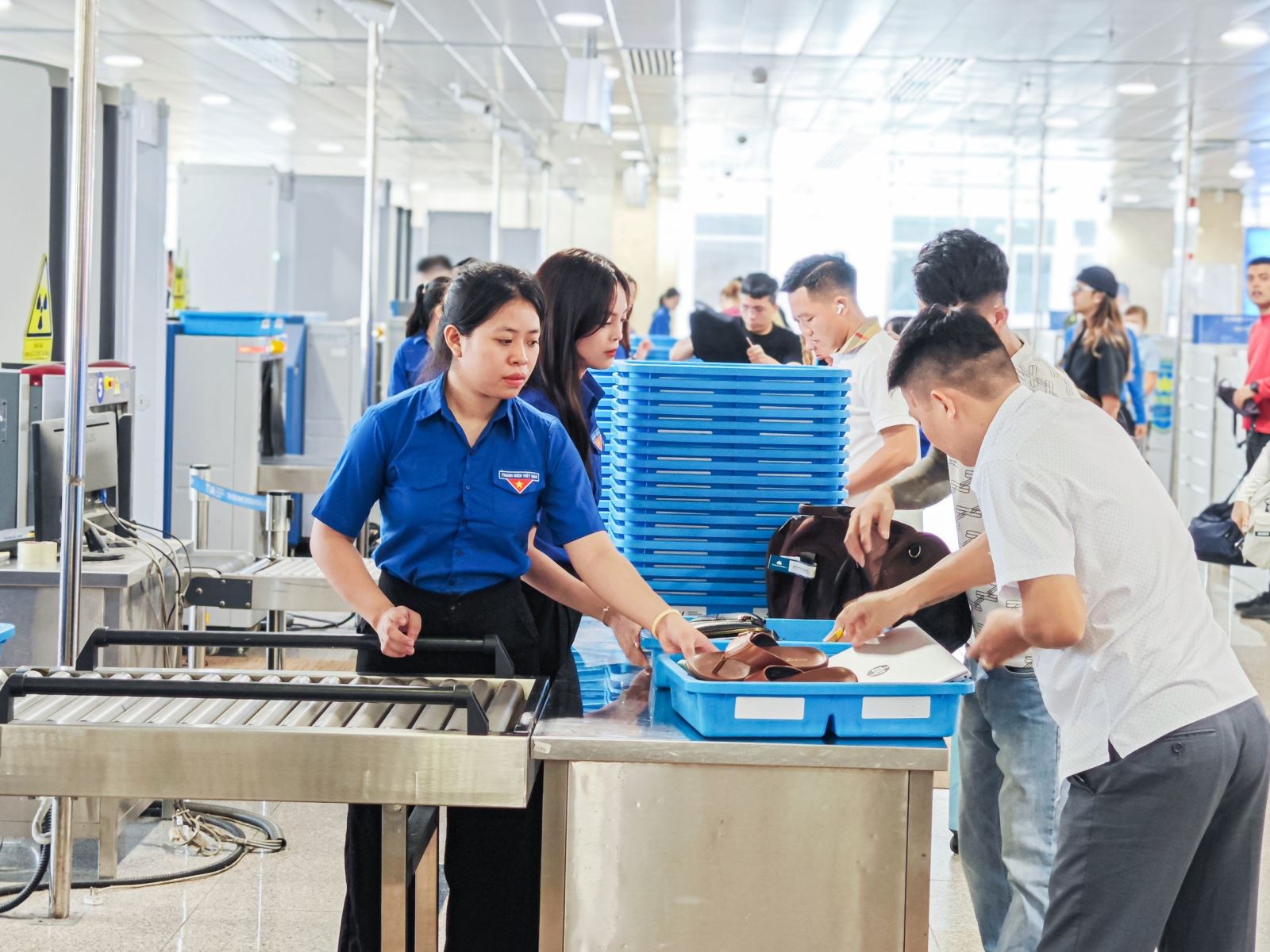
Lowering airfares requires a comprehensive approach involving multiple stakeholders.
Sharing this viewpoint, Mr. Dang Anh Tuan, Deputy General Director of Vietnam Airlines, affirmed that the carrier is committed to doing its best to reduce airfares. Specifically, the airline is striving to cut expenses by around 10% to help ease the burden of rising airfares. However, he emphasized that lowering airfares is not solely the responsibility of the aviation industry but requires a holistic approach involving various stakeholders: government regulators, airlines, tourism entities, and businesses, to achieve the best outcomes.
From a local perspective, Mr. Tran Van Linh, Head of the Tourism Management Division of the Kien Giang Province Department of Tourism, noted that in the breakdown of airfare costs, the airline’s ticket price accounts for only about 50-60%, with the remaining portion attributed to various other stages of the journey. Therefore, to reduce airfares, relevant units must work closely together to attract more passengers and optimize flight capacity. A harmonious sharing of costs among these units may help reduce expenses, but it cannot be the sole responsibility of the airlines.
According to the Civil Aviation Authority of Vietnam’s report to the Ministry of Transport on the inspection of ticket sales by four airlines, all carriers have complied with the fare levels stipulated in Circular 17 and Circular 34 for domestic routes. They have also adhered to regulations on fare display and declaration.


